At the beginning of this past October, you would have found me chasing the autumn color through Jackson and into the Grand Teton National Park. Unfortunately, this was also the end of the fiscal year, and the pernicious fingers of the government shutdown reached out to close down our beloved national parks. The effect was palpable at Grand Tetons, but not devastating. Highway 89 remained open 24/7 between Jackson and Moran. The closure at Moran Junction prevented access to Oxbow Bend and Jackson Lake. Despite these setbacks, many of the turnouts and overlooks on Highway 89 were still accessible and this allowed for landscapes of the Tetons, which was my goal for the trip anyway.

Jagged snowcapped peaks of the Grand Tetons rise above Jackson Valley
Consider this your “Government Shutdown Guide to the Grand Tetons”
Time of Year
In the mountains out West, the general rule of thumb is that fall color peaks at the end of September/beginning of October. Getting to the location at the absolute peak is always a stroke of luck, but this guideline narrows it down to just a couple weekends. Factors to look for that could affect the weather are unusual cold spells (peak is sooner) or warm spells (peak is later) or big storms (winds blow the leaves off the trees before they are ready to fall).
Snake River Overlook
This is the location of the iconic Ansel Adams photograph “The Tetons and the Snake River” (1942). In Ansel’s time this overlook was a bit different, with notably fewer trees in the foreground which allowed for a better view of the Snake River. The drama in Ansel’s photograph is from the backlighting due to a storm moving in front of a late afternoon sun. This is a perfect example of the important role that weather plays in landscape photography.
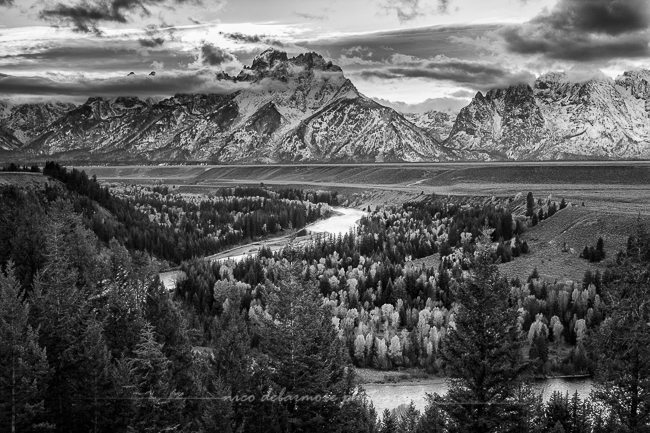
An afternoon storm breaks on the jagged Tetons at this iconic overlook of the Snake River.
When I arrived in the park I could not have asked for better conditions. Perhaps mine were similar to those that Ansel Adams saw so many years ago. I had a deep blue Wyoming sky and large puffy clouds that graced the tops of the Tetons, clinging to the crags in places like fine cotton gauze before blowing farther down the range. I couldn’t get to the overlook soon enough – all those cars on the road meant I had to wait, and how impatient I was! The overlook was not too crowded, and I found my favorite spot of all to be actually standing atop the wall, pulling me away from the other photographers and providing plenty of elbow room.
I returned to this location the next morning, sleep in my eyes and a bitter cold stinging my face. The temperature had dropped and a snow storm had moved through the valley. Despite the discomfort, that storm was a blessing and gave another element of interest to the scene. I was especially happy when the morning clouds rose above the peaks as soon as dawn broke.
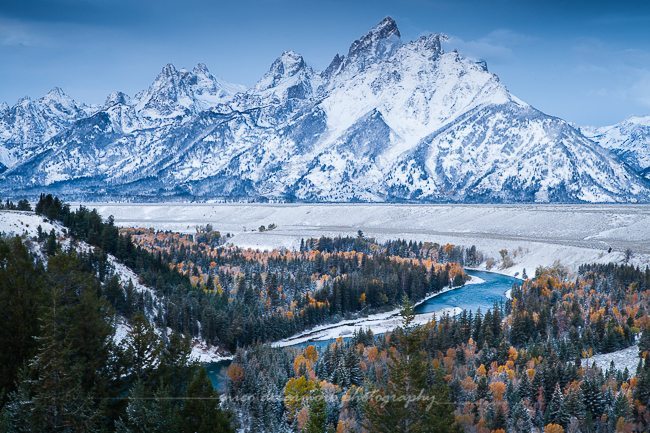
A snowstorm relented as dawn approached, leaving the a colorful yet snowy view from Snake River Overlook.
In my opinion, there is not a great deal of latitude in compositions at Snake River Overlook. This location centers around the classic shot that Ansel Adams created, and variations from that shot. Whether they be a tighter telephoto detail or a vertical composition, it is still clearly the Snake River Overlook and always will hearken back to the famous image. There are subtleties that can improve the composition, especially if one takes the time to slow down and mind the edges of the photograph. All in all, the success of your Snake River Overlook image will have a great deal to do with the weather and how you capture and overcome the difficulties and beauties it produces.
Mormon Row
You’ve probably seen it before – the nation’s most photographed barn. This barn sits amongst other homestead structures in Jackson Valley in the shadow of the Tetons. Two barns actually exist – the northern most being the John Moulton barn, and the southernmost being the T.A. Moulton barn. These structures are remnants of the Mormon homesteaders that came to the area to form the Gros Ventre (pronounced gro-vaunt) community. These hardy people formed tight-knight communities and built vital features such as drainage systems, barns, fields, and corrals out in the Antelope Flats.

The most photographed barn in the country – T.A. Moulton Barn.
While the majority of this area is part of the National Park, there is a small plot of private land still remaining at Mormon Row. That land is the Moulton Ranch Cabins, a quaint and quiet B&B owned by the descendants of the original barn-building Moultons.
Mormon Row is east of Hwy 89 on Antelope Flats Rd, and is normally accessible by vehicle when the road is open in good conditions. During my visit, the road was closed at snowplow turnaround due to the government shutdown. An estimated 2 mile round trip, this destination is certainly worth the effort of getting out of the car and taking a walk.
Finally, I recommend photographing Mormon Row at sunrise. The orientation of the barns and mountains causes them to all be in silhouette at sunset unless you have absolutely perfect lighting.
Schwabacher’s Landing
Schwabachers Landing is a boat landing access location on the Snake River within Grand Teton National Park on the west side of Hwy 89. The location is known for fall color and peaks of the Tetons reflecting in calm pools of still water. Wildlife is abundant in this area, and I came upon what appeared to be a family of 4 moose. Unfortunately the access road is currently closed because the government believes the trash pickup and bathroom service are too costly to maintain. Nonetheless, you can park at the highway entry area or at the Glacier Point overlook and hoof it a mile down the dirt road to get to this classic Teton view.
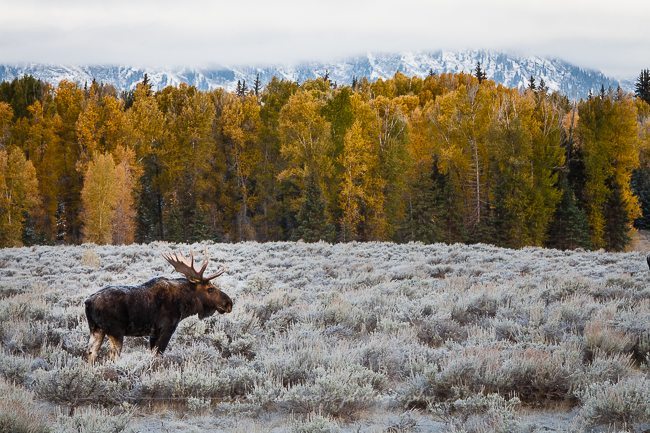
A frosty bull moose near Schwabacher’s Landing in Grand Tetons National Park
This is known as a great sunrise location. When you get to the actual landing area, make sure to hike a bit beyond what you first see in front of you to reach the truly special places.
Triangle X Ranch Entrance
The entrance to Triangle X Ranch provides a scenic and often-photographed view of the Tetons behind a distance Snake River lined with cottonwoods with a foreground of grassy pastures. What really makes this scene is the rolling hills complemented with a simple log fence that creates a anchoring foreground feature with ideal leading lines.
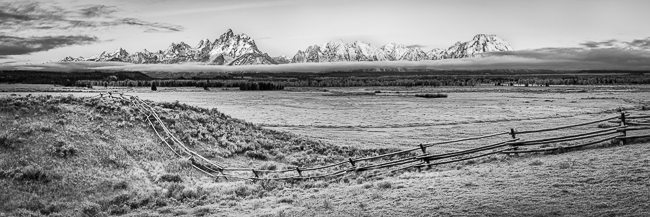
Dawn breaks on the Grand Tetons across the grasses of Triangle X Ranch.
Access is a simple pull-off on the west of Hwy 89 about 24 miles north of Jackson. My favorite time here is sunrise, but the location could be interesting with the right weather in the late afternoon.
Other Overlooks
More overlooks line the highway through Grand Tetons, though they seem a bit self-explanatory and in my opinion don’t offer the same compositional elements as the previously mentioned locations. They have no foregrounds. Regardless of foregrounds, the views are still incredible, so make sure to stop at Glacier Point and the others to take in the view.

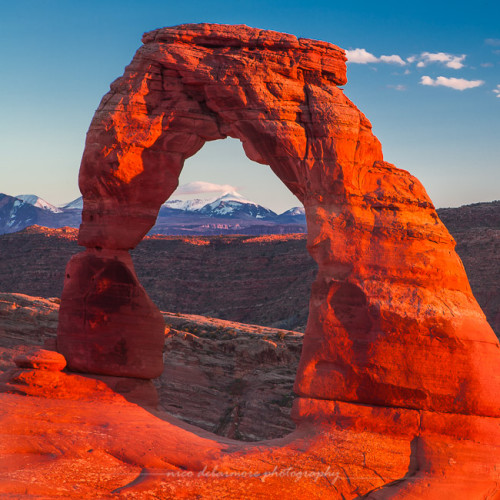
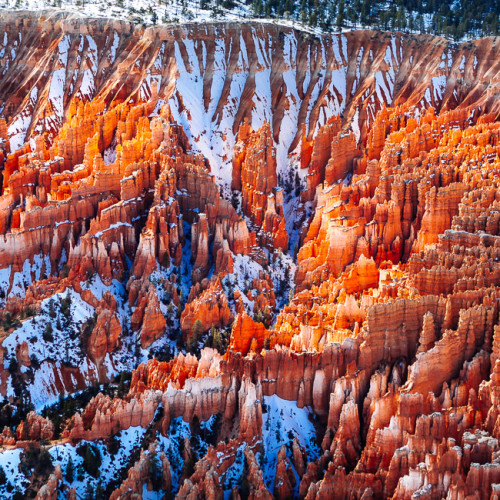
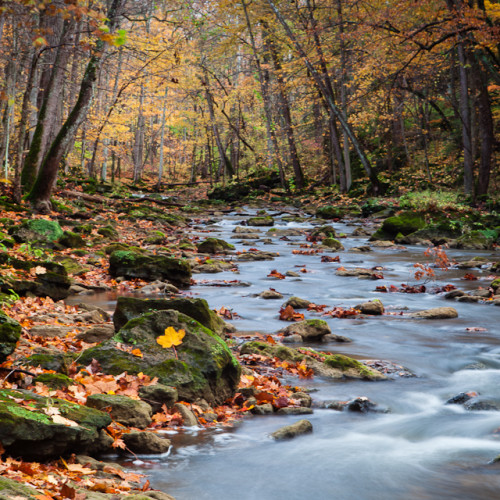
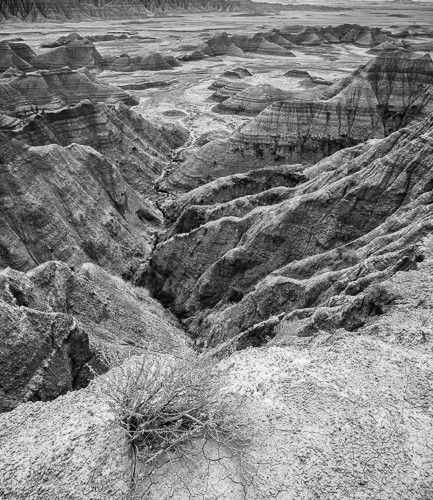
Leave a reply